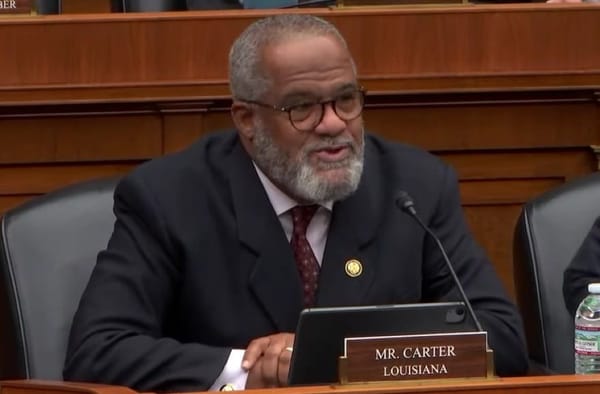ID InSight Says NTIA Mapping Data Is Highly Accurate
WASHINGTON June 20, 2011 – The market research firm ID InSight released an analysis of the data collected by the National Telecommunications and Information Administration for the national broadband map, which shows a high level of accuracy in data collection. “Through our initial analysis of the m
WASHINGTON June 20, 2011 -The market research firm ID InSight on Friday clarified reports that the company’s previously-released mapping data was at odds with the accuracy of the National Broadband map.
“It is easy to take pot shots at the inaccuracies once the data is in the public domain. It takes courage to stand behind what you believe in and focus on the positives which vastly outweigh the negatives,” said Adam Elliot President of ID InSight. “Through our initial analysis of the map, we are seeing very high degrees of accuracy – sometimes exceeding 99 percent when comparing the National Telecommunications and Information Administration map to what we see with Broadband Scout.”
ID InSight gathered data from more than half a billion Internet transactions from across the nation through its Broadband Scout product. The company collected data from various e-commerce and subscription-based services where users must provide address data. ID InSight then paired the address data and IP data to determine the availability of Internet connections across the nation. Through that process, Broadband Scout determined the availability of Internet access in areas where the Internet service providers (ISPs) have chosen not to provide data to the state mapping projects.
The company conducted a deep analysis of the mapping data for the state of Arizona. In that state, ID InSight was able to identify 64 unique ISPs – the NTIA Map shows only 39. The NTIA identifed five ISPs that Broadband Scout missed. According to data collected by Broadband Scout, it appears 14 ISPs chose not to provide data to the mapping effort. The majority of those ISPS provide dial up services to small rural areas.
“When dealing with data of this size and scope – there will inevitably be errors. That is the nature of data. We acknowledge that we see inaccuracies in the first version of the National Map, just like we see errors in Scout,” said Elliot. “I think the key point is that we have a very good map already and now we have the data we need to continue to refine and improve.”









Member discussion